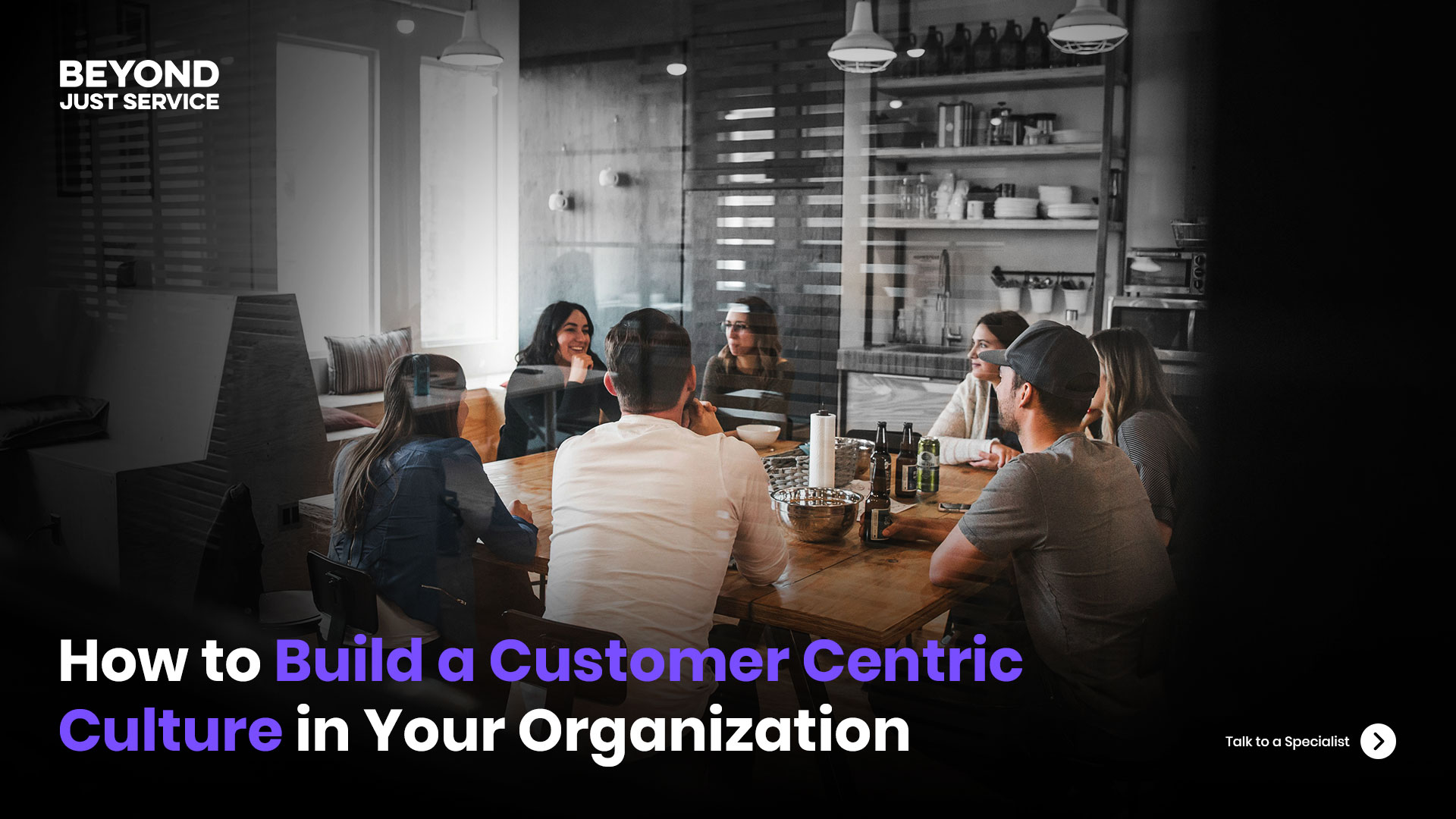What Makes Customer-Centric Organizations Different
Customer-centric companies don't just respond to customer needs – they anticipate them. These organizations embed customer thinking into every department, from product development to finance. When customers interact with your contact centre services, they should experience this customer-first mindset immediately.
The difference becomes clear when you examine how decisions get made. Traditional businesses ask, "What's best for our bottom line?" while customer-centric organizations ask, "What creates the most value for our customers?" This shift in perspective drives everything from hiring practices to technology investments.
Research shows that customer-centric companies are 60% more profitable than organizations that don't prioritize customer experience. This profitability stems from increased customer retention, higher lifetime value, and stronger word-of-mouth marketing.
Why Your Contact Centre Strategy Matters Most
Your contact centre solution serves as the primary touchpoint between your organization and customers. Every interaction shapes customer perception and loyalty. When customers call with problems, questions, or concerns, they're experiencing your culture firsthand.
An outsourced contact centre that aligns with your customer-centric values can transform these interactions from transactional exchanges into relationship-building opportunities. The right contact centre solution provider understands that each conversation represents a chance to strengthen customer trust.
Consider how your current contact centre services handle difficult situations. Do agents focus on closing tickets quickly, or do they prioritize customer satisfaction? The answer reveals whether your organization truly embraces customer-centricity or simply talks about it.
Building Customer Focus Throughout Your Organization
Creating a customer-centric culture starts with leadership commitment but extends throughout every level of your organization. Leaders must demonstrate customer focus through their decisions, resource allocation, and communication priorities.
Employee training programs should emphasize customer impact in every role. Finance teams need to understand how their decisions affect customer experience. Marketing teams must prioritize customer value over short-term gains. Product teams should regularly interact with customers to understand real-world usage patterns.
Your outsourced inbound call center becomes a valuable source of customer insights when properly integrated into your culture-building efforts. Customer service representatives hear firsthand feedback, complaints, and suggestions that other departments rarely encounter.
Regular cross-departmental meetings focused on customer feedback help break down silos. When engineering teams hear directly from customer service about recurring technical issues, they gain motivation to prioritize fixes that might otherwise seem unimportant.
Using Data to Drive Customer-Focused Decisions
Contact centre reporting services provide crucial data for building a customer-centric culture. However, many organizations collect data without translating insights into actionable improvements. Effective customer-centric organizations use reporting data to identify patterns, predict customer needs, and measure culture change progress.
Key metrics extend beyond traditional call center statistics. Customer effort scores, first-call resolution rates, and customer satisfaction trends reveal whether your culture changes create real improvements. Advanced reporting helps identify which agents excel at building customer relationships and what techniques they use.
Your call center solution provider should offer reporting capabilities that support culture development. Look for providers who understand that metrics serve culture-building purposes, not just operational efficiency.
Making Customer-Centricity Sustainable
Short-term customer service improvements are easy to implement but difficult to sustain without a cultural foundation. Sustainable customer-centricity requires systems, processes, and incentives that naturally encourage customer-focused behavior.
Hiring practices should evaluate candidates for customer empathy and problem-solving skills. Performance reviews should include customer impact metrics alongside traditional productivity measures. Promotion criteria should reward employees who consistently demonstrate customer-first thinking.
Your outsourcing for UK eCommerce operations should reinforce these cultural values. Partners who understand your customer-centric goals become extensions of your internal culture rather than separate service providers.
Recognition programs highlighting customer success stories help reinforce desired behaviors. When employees see colleagues celebrated for going above and beyond for customers, they understand what your organization truly values.
Measuring Cultural Transformation Success
Cultural change requires patience and consistent measurement. Customer satisfaction scores provide one indicator, but culture change affects multiple dimensions of organizational performance.
Employee engagement scores often improve in customer-centric organizations because workers find meaning in helping customers succeed. Retention rates typically increase as employees feel more connected to the organizational purpose.
Financial metrics ultimately reflect cultural transformation success. Customer lifetime value increases, acquisition costs decrease, and revenue per customer grows when organizations truly embrace customer-centricity.
Your contact centre solution should provide reporting that tracks these broader cultural indicators alongside traditional operational metrics. The best providers understand that their services support organizational transformation, not just call handling.
Building a customer-centric culture requires commitment, patience, and the right partnerships. Organizations that successfully make this transformation create sustainable competitive advantages that competitors struggle to replicate. When every employee understands their role in customer success, your organization becomes truly customer-centric.
.svg)




%201.png)
%20(1).png)

